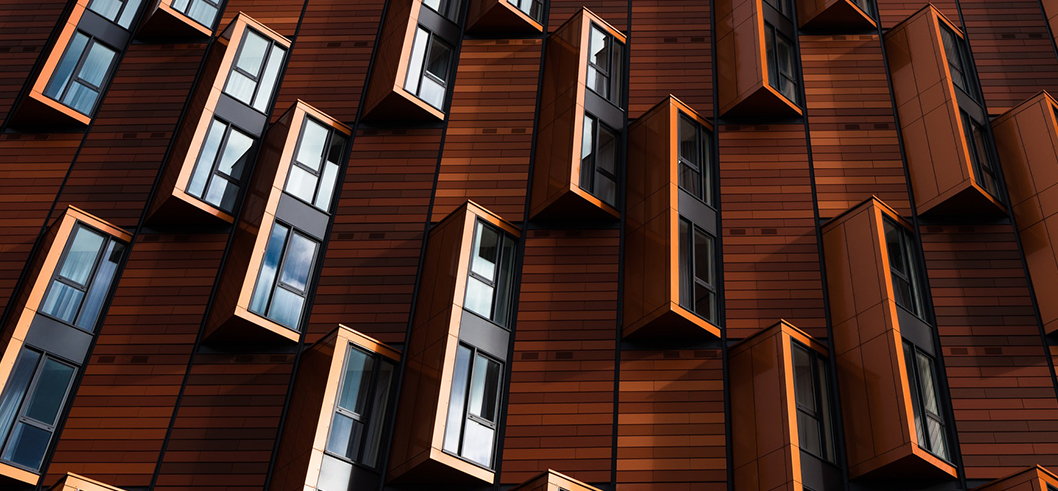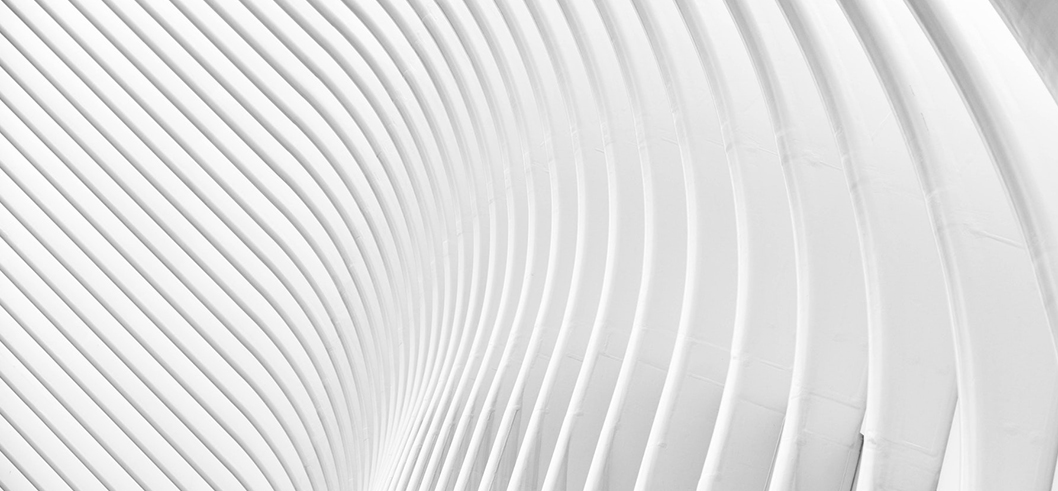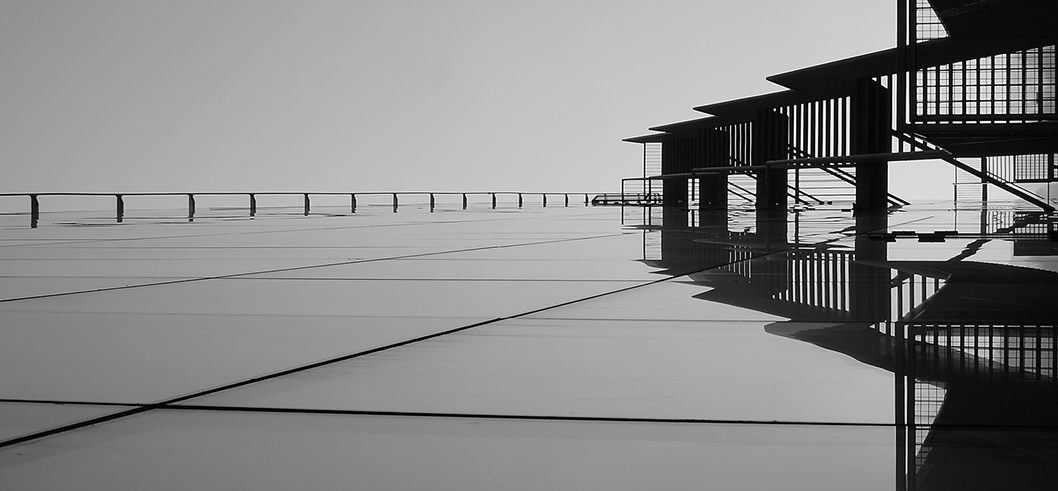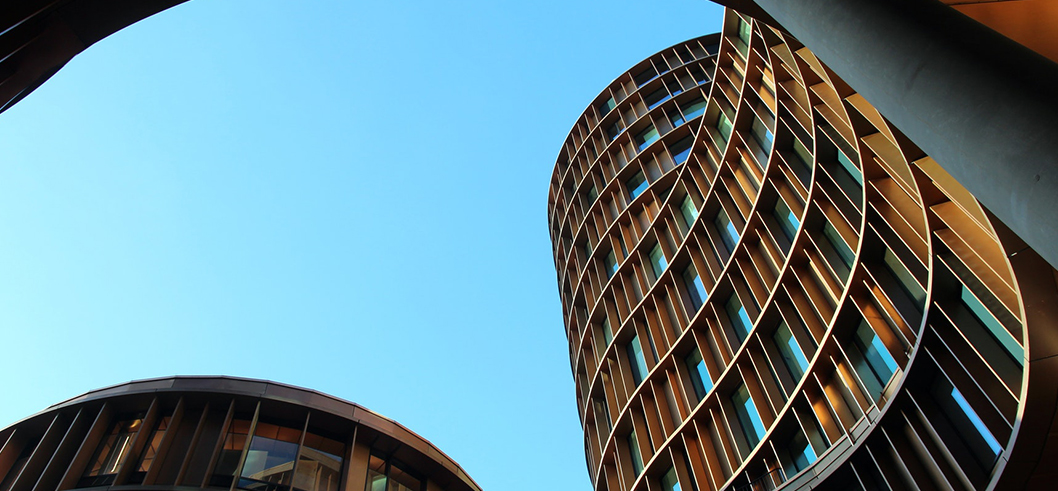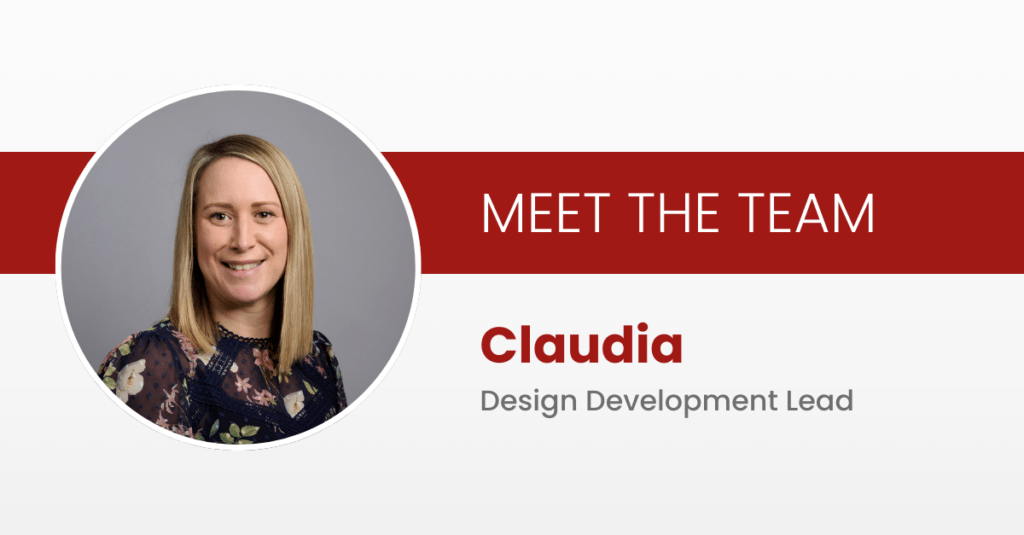
Meet the team – Claudia
Tell us about yourself and your career to date?
I graduated from Sheffield Hallam University in 2005 with a 2:1 degree in BSc (Hons) in Architectural Technology.
Following my graduation, I relocated to London and spent 15 years working for HLM Architects. Whilst in London I gained invaluable experience working on some of the most complex, but rewarding, residential developments in the country. Over this period, I was involved in projects in excess of 3,200 new homes, across various tenure types from student, co-living and build-to-rent through to social, private sales and high-end luxury.
In 2021, having returned to my Yorkshire grass roots, I decided to set up my own design practice, while also freelancing for several high-profile architectural studios. This further enhanced my experience, which ranged from managing complex residential construction programmes to design-led problem solving, both for commercial and domestic clients.
What attracted you to a career in architecture?
I have always been quite creative and from a young age I knew I wanted to be an Architect or a Dentist(?). When approaching the end of sixth form, a 7-year Architectural degree course seemed very daunting. However, the slightly shorter degree in Architectural Technology seemed much more appealing and still maintained some creativity.
My Mum always says she knew I was going to be an Architect after I drew a ‘bird eye view’ of my bedroom at about 6 years old!
Do you have a favourite project you’ve worked on?
That’s quite a difficult question to answer. I could probably narrow the shortlist down to 3 projects.
Winstanley & York Road Regeneration project in Clapham Junction, London. A mixed-use scheme comprising an independent secondary school, a Baptist church and two residential blocks, one of which was a 20-storey high-end luxury landmark tower.
St Dunstan’s House in the City of London. A new residential building of the highest quality providing 76 apartments in the heart of the City of London, adjacent to a Grade II* former Public Records Office – now King’s College London library.
The Point at Central Milton Keynes. A mixed-use development in the center of Milton Keynes, replacing the famous red pyramid structure with 487 new apartments, across a series of blocks that rise up to 21 storeys. Providing high-quality homes, affordable housing, retail, leisure spaces, work hubs, and community spaces.
Tell us about your design approach. When you receive a brief what’s your process for responding to it and then delivering it?
Thoughtful design is about Placemaking; creating good public spaces that promote people’s health, happiness, and well-being. To do this we need to create efficient, well-planned buildings which have a clear understanding of the end users. Space planning is a fundamental part of the early concept stages and one which helps to drive the design and brief. Through clever space planning we can create highly efficient buildings from concept through to completion.
What’s your favourite part of your role?
As Design Development Lead, I have had the opportunity to experience a wide range of projects, through a variety of work stages. For me, the most exciting part is the concept stage, when all the ideas come together to form a brief and you can see the building forms start to materialise. It’s the opportunity to work closely with peers, collaborating and creating something that could enhance the future and people’s lives.
How have you seen the residential sector change in the last few years?
Recently the residential sector has seen a shift mainly driven by the increased demand for sustainability, multi-functional living, and mental health awareness.
Creating sustainable, eco-friendly homes through the use of energy-efficient materials, solar panels and heat pumps reduces carbon footprints but also contributes to the long-term saving costs of our homes – an important factor with the ongoing cost of living crisis.
The concept of open-plan living has continued to evolve to include more flexible and multi-functional living spaces to work around family life and remote working policies. Multi-generational housing typologies are also becoming increasingly popular as they can benefit all. It allows families and communities to stay together, whilst also providing positive financial implications.
Finally, health and well-being is still a hot topic and key concern. Sustainable architecture aims to create buildings that are healthier, not only for their surrounding environment but its inhabitants. Maximising parameters such as natural light, materials, ventilation, green space with well-designed areas, architecture can support mental and physical health in a holistic way.

